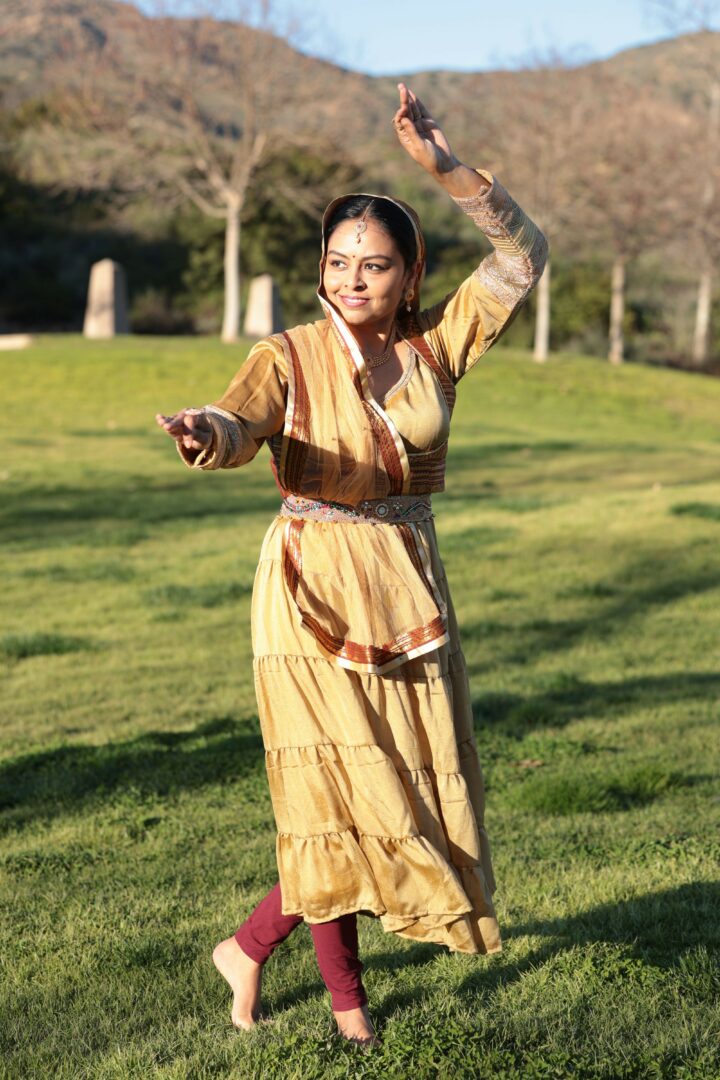We were lucky to catch up with Sona Lewis recently and have shared our conversation below.
Hi Sona, really happy you were able to join us today and we’re looking forward to sharing your story and insights with our readers. Let’s start with the heart of it all – purpose. How did you find your purpose?
Thank you, for this opportunity! And thank you to the readers!
I waited for a long time to find my life’s single, main purpose. This idea is such a thief of time! It is not for everyone. If you feel strongly about a “life’s purpose”, good for you. But if you don’t, that is perfectly normal.
I did not find my life’s one purpose and I
have come to be comfortable with it. I have goals each year and I reflect how I improved my life and the life of others around me.
I have felt differently across each decade of my life, and that shaped my goals. You could ask how do I find my goals? I seek balance in life, in terms of personal, professional, work, relationships, community life and overall fulfillment I derive across those areas.

Great, so let’s take a few minutes and cover your story. What should folks know about you and what you do?
I teach Kathak dance as a government instructor in Thousand Oaks, California. Those interested, please checkout the crpd.org site for my upcoming classes or stay in touch on my new Instagram page where I post latest updates, my upcoming stage performances etc. (ig : sonalewis10)
Kathak dance can be done by anyone across any age group, of course with your physician’s permission, just like any other physical activity.
I am a dancer, choreographer, instructor. Kathak is a 2,000 year old Indian classical dance form that translates to “storytelling”. I have been associated with Kathak all my life and started learning at a very young age, back in India from an eminent teacher – Guru Munna Shukla ji who went on to receive President’s awards for his contributions to art.
My mother says she would notice me as a toddler dancing alone, even before I started speaking.
I realized later in life that I happen to be the first woman performer, dancer in my family, all of my known ancestry. Because professional dance was generally a taboo for women in India, I will explain later, why.
I used to avoid talking about Kathak at my elementary school because of bullying. I learnt early on to be my own person, to thrive without anyone’s approval, to not chase trends or to not have the fear of missing out, yet be always open to learning and helping others. I felt secured inside me.
Some of my students look at this dance form as a way of self-expression to use their mind, body, heart. Some benefit as an exercise because in addition to using graceful movements, increasing mobility, telling a story, it requires recollecting steps, memory, focusing on beats, counting, numbers and recognizing patterns.
It will take many words to describe its history but in short, Kathak dance mentally, socially and financially empowered women (and people from all backgrounds, especially underprivileged), to such a degree that in 19th century India, it threatened parts of imperialism and people in power came up with a plan to systematically stigmatize Kathak dance. There were social movements to kill this art. Consequently, it became a taboo for women to dance Kathak. The damage was lasting , growing up I noticed that stigma, even in modern India.
“Kathak” dance has the power to connect and empower a community. My students and audiences speak of experiences of feeling confident, fulfilled, optimistic, inspired, connected and in-tune with themselves and those around them.
Being able to share this gift is my pleasure and responsibility.

If you had to pick three qualities that are most important to develop, which three would you say matter most?
Besides the usual key skills of hard work, discipline, structure, mentors, staying positive, not comparing yourself to others but to your previous version etc., here are 3 qualities that have helped me.
1.Don’t expect much, but ask for help, directions and give help, it is a good excuse to connect and feel less alone.
2.Learn from a human professional and practitioner, where possible. Be a practitioner, instead of knowledge acquirer alone. It increases your chances of finding your values, your authentic style and improves the experience of living.
3. Go move, move on, you are not a tree! Find your community where your contributions matter, where you can get both honest appreciation and constructive criticism, that can make you better.

One of our goals is to help like-minded folks with similar goals connect and so before we go we want to ask if you are looking to partner or collab with others – and if so, what would make the ideal collaborator or partner?
I would love to collaborate with musicians, artistes or anyone genuinely interested in Kathak dance, or dance, music in general, working on documentaries, movies, books, magazines, radio, podcast or any creative medium etc. Or would like my creative input.
I have performed at dance and theatre festivals and continue to perform live at prestigious events. I have conducted dance workshops and received amazing audience responses.
Contact Info:
- Website: https://about.me/sonalewis
- Instagram: sonalewis10
- Youtube: https://www.youtube.com/@SonaLewis
- Other: [email protected]


Image Credits
Photographers:
Crystal Dozier
Gui Bittencourt
Sona Lewis has rights to these pictures but photographers are mentioned for courtesy.
so if you or someone you know deserves recognition please let us know here.




